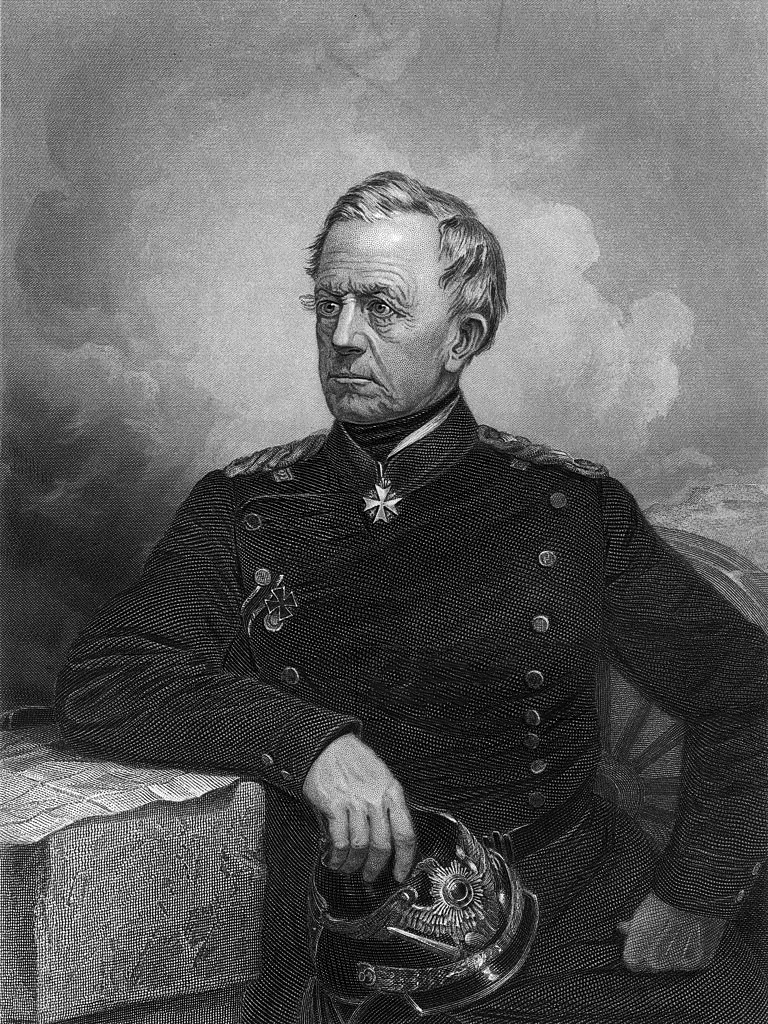We are currently booking our 2020 Open Seminar Normandy Staff Ride.
The Normandy Invasion, and D-Day specifically, is a rich and stimulating source of leadership insight relevant to the challenges (and opportunities) of the current global business environment. Planning, organization, communication, teamwork and initiative amidst profound and increasingly rapid changes in circumstance are as critical now to effective execution as they were in 1944.
The Staff Ride
The concept of staff rides was first developed by Count Helmuth von Moltke, the 19th century Prussian general and military theorist who once wrote that “No battle plan survives contact with the enemy.” The Count believed that only the opening stages of a campaign could be effectively planned: all other decisions happened according to the needs of the moment. Von Moltke, together with a hand-picked group of young staff officers, would visit sites where he felt conflict was likely to happen with future European enemies. He and his students could thus envision the exigencies of the battle on what military historian William Roberston calls the “three dimension chess board of terrain.”
The staff ride is no longer for military personnel alone. Over the past few years Boardroom to Battlefield has adapted the practice for executive management and leadership development training. The corporate staff ride draws on the popularity of experiential learning while exploiting the intensity of combat to dramatize decision-making under the most extreme circumstances.










